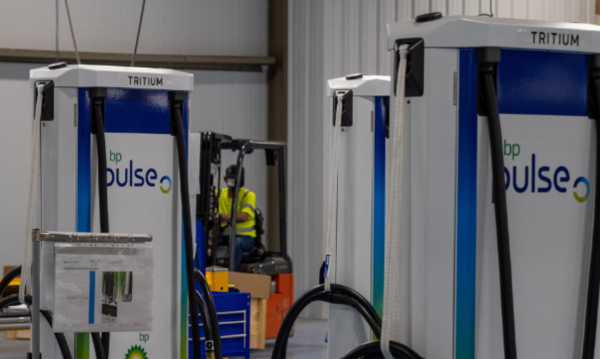looker-on
aka Thomas the Kraut
Yes, Ritchie, you can really feel proud of that just as I'm glad that your country helps us and other countries to give that Kremlin guy a smack on the nose. Our minister for economic affairs has left no stone unturned to find alternative suppliers for the fossil fuels Russia used to deliver and still is for a short period of time. LNG and green hydrogen will come from the US and Katar, too.Germany and Australia have struck a massive $50b deal to produce green hydrogen to reduce Europe's reliance on Russian energy.
Thomas as a German energy user this should please you and your family. Not sure it will please Mad Vlad tho.
It makes me proud that an Australian company will be at the forefront of decarbonising industries in not only Germany, but the Netherlands and other European countries over the next decade.looker-on
Andrew Forrest bills himself as Europe's ‘Putin solution' in $50b hydrogen deal (msn.com)







.png)
